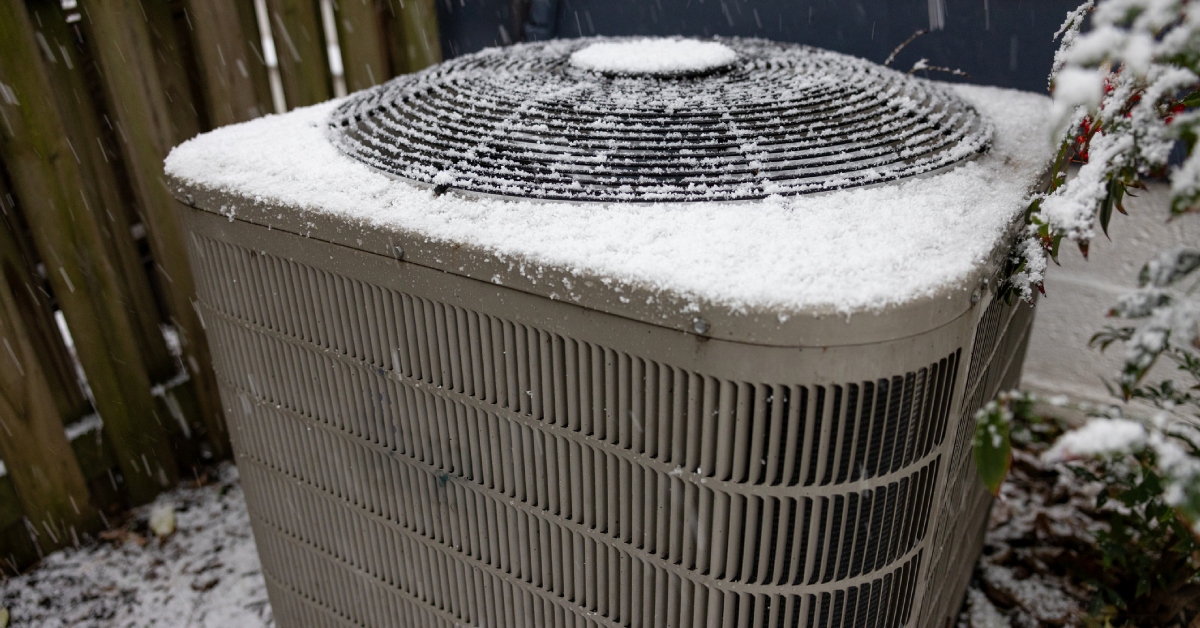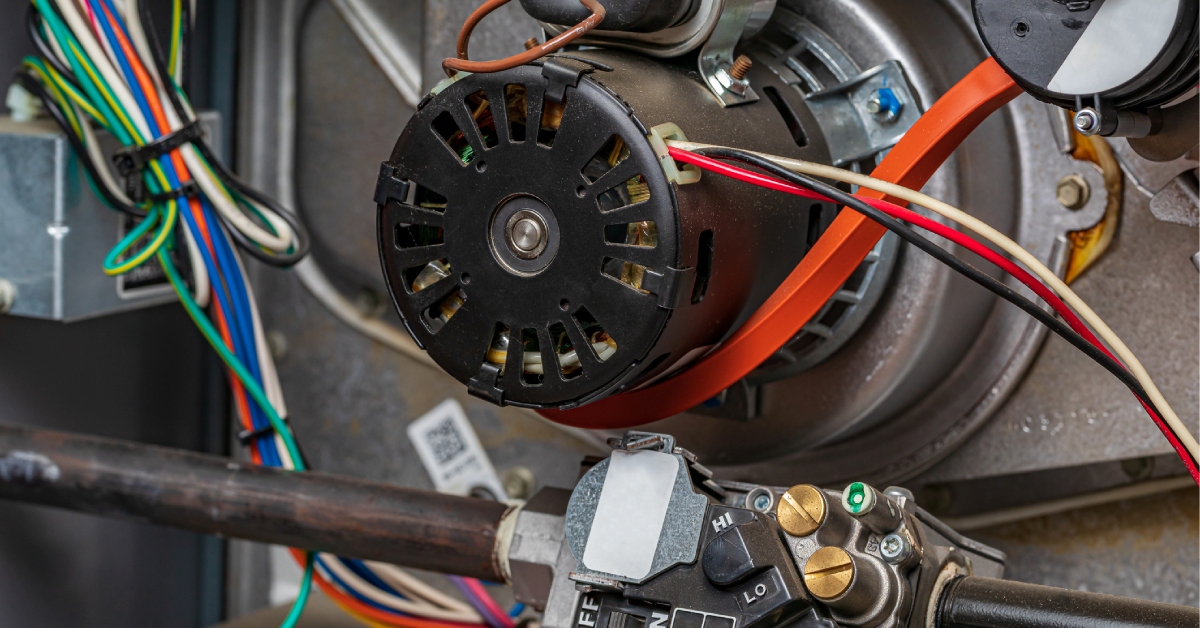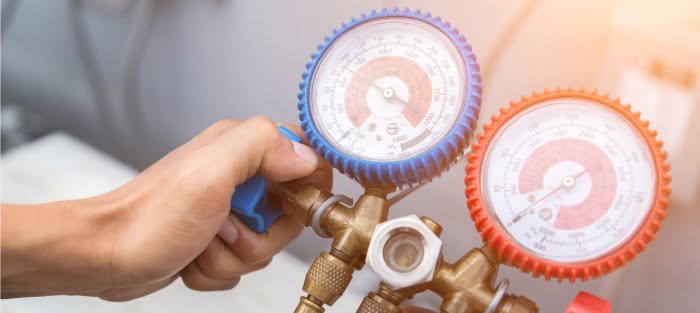
Today we will experience the hottest temperatures of the year so far, 98 degree’s with a heat index of 104 degree’s plus. While such extreme heat can cause great discomfort to anyone outdoors, it can also stress your a/c system beyond its ability to maintain desired indoor temperatures.
We use 93 degree’s as our outdoor design temperature when sizing your new air conditioner, because when it gets hotter than that your system can struggle to keep your home cool. Great advice during very hot days is to set your thermostat for a constant temperature; this will allow the unit to run all day and not have to struggle in the evening to get back to your set point.
Keeping your filters clean and not having obstructions in the way of supply and return grilles will also help your system work at its best. The three main issues that we find when repairing a/c units are:
- Clogged air filters; they slow down airflow and lead to a multitude of equipment failures.
- Refrigerant leaks; too often leaks are ignored and refrigerant is added year after year and the root problem is not addressed. If your car’s tire has a leak you get it fixed, and refrigerant, unlike air, is far from free.
- Capacitors increase voltage like a jump start to the motor to get it running: compressor, condenser fan motor and the indoor blower motors all have capacitors. It is essentially a battery that starts the motor, and the hotter temperatures and summer storms have adverse affects on their longevity.
Routine maintenance is the key to energy efficiency and peace of mind, plus the benefit of knowing that someone you can trust to repair your equipment is only a call away. Please call us to learn more about steps you can take to better maintain and operate your a/c or indoor air quality system.
continue reading
Related Posts
Heat pumps move heat from the outdoor air into your home. On cold, humid, or freezing days, moisture in the outdoor air can freeze on the heat pump’s outdoor coil.
When you turn on the heat, the last thing you want is a blast of cold air. Sometimes the fix is simple. Other times, cold air can be a sign that your furnace needs professional attention.
You don’t need to fully cover your air conditioner for winter, but a partial, breathable top cover can help keep debris out and extend the life of your unit.




